We go exploring in Aosta valley and Lugano with Globus Tours
Northern Italy was calling after soaking up the sweet and scenic delights of Switzerland. My “Alps out Loud” Globus escorted tour set off from Lake Geneva, bound for Aosta via the storied Great St. Bernard Pass. The third highest road pass in Switzerland rises to an elevation of 2469m, connecting the canton of Valais in Switzerland with the Aosta Valley in Italy. (As a point of comparison, New Zealand’s highest highway alpine pass, Porter’s Pass, rises to 939m.) Great St. Bernard is one of the most ancient passes through the Western Alps, with evidence of use as far back as the Bronze Age and surviving traces of a Roman road. In 1800, Napoleon’s army used the pass to enter Italy. Straddling the highest point of the road, the Great St Bernard Hospice was founded in 1049, later becoming famous for its use of St Bernard dogs in rescue operations.
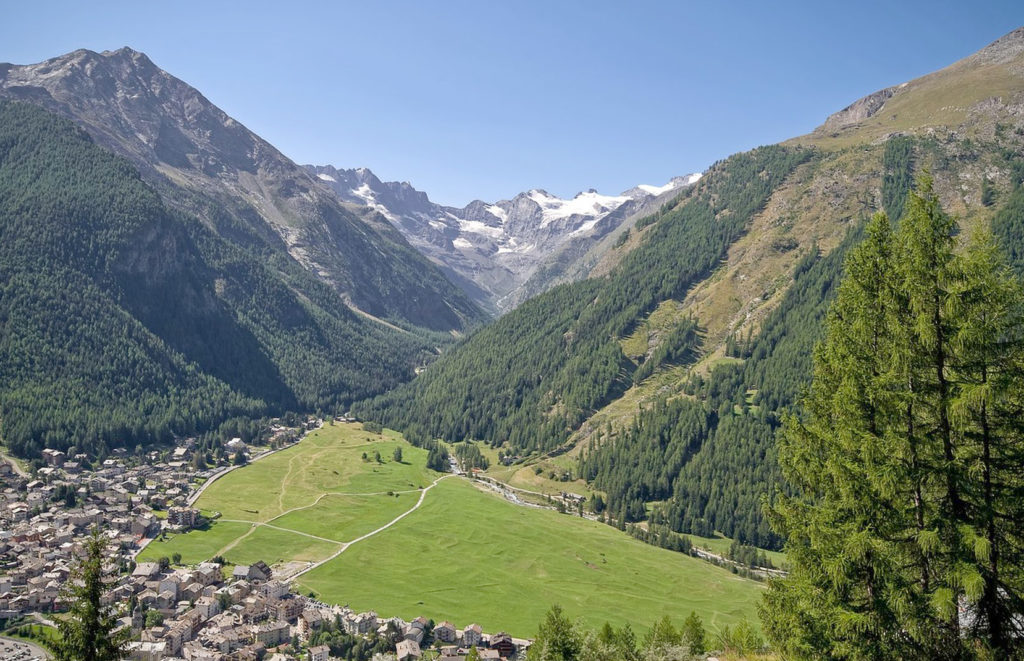
The great St Bernard Pass
The original alpine pass has been expedited for travellers in hurry since the mid-1960s, with the Great St Bernard Tunnel plunging through the mountains at a 1915m above sea level. The fohn wind was blowing and the temperature change was staggering, as we transited from the wet and chilly alpine temps of around 8C in Switzerland, to sunshine and a breezy 20C in Aosta. Valle d’Aosta fulfilled all expectations: Snow-capped craggy peaks towering above the valley’s lush meadows and verdant forests; waterfalls cascading into mountain streams; romantic castles cling to wooded hillsides. It’s a scenic show-stopper. Needless to say, this is one of Italy’s most-trafficked ski destinations in the colder months.
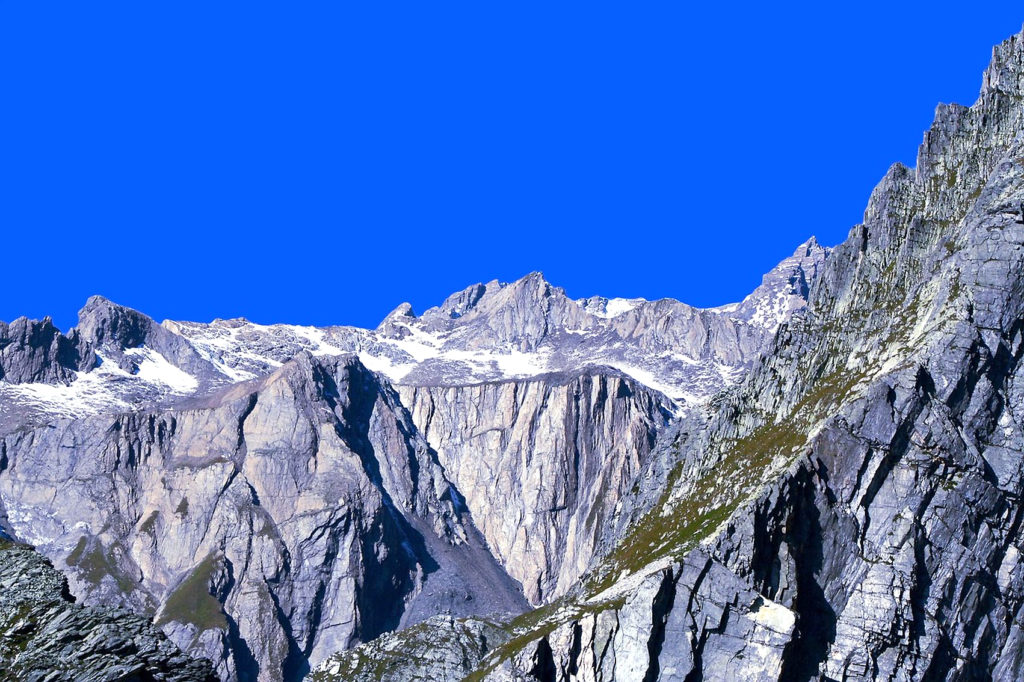
Aosta, Rome of the Alps
An instantly appealing mountain town with an ancient heart, Aosta is nicknamed the “Rome of the Alps.” Surrounded by snow-cloaked peaks that constantly compete for your viewing attention, it’s the Roman legacy that particularly captivated me. Well-preserved walls date from the days when Aosta was one of Rome’s most important trading and military outposts. A Roman bridge spans the River Buthier and two Roman gates arch gracefully across the Via San Anselmo. The Porta Pretoria forms the western entrance to the Roman town and the Arco di Augusto the eastern entrance.
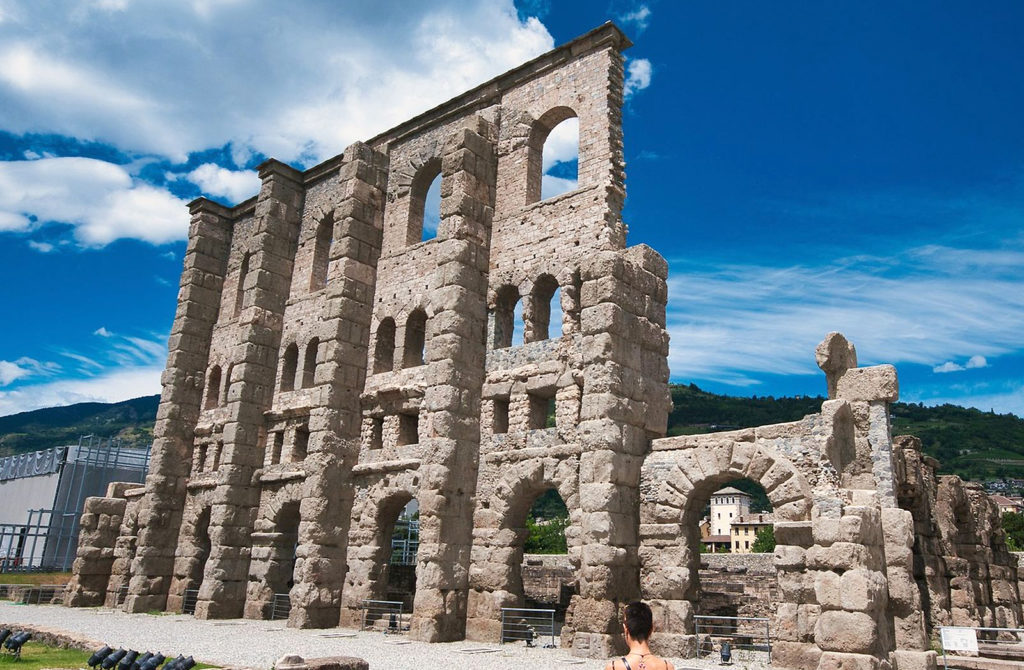
It’s a formidably stout arch, built in 25BC in honour of Augustus. A statue of the mighty Roman ruler stands proudly, nearby. The Teatro Romano and the ruins of the amphitheatre are just north of the Porta Pretoria, as the ruins of the Roman forum. It’s well worth a walk through. I love admiring old Roman rocks. Architectural fragments from these monuments found during excavations are displayed in Aosta’s Archaeological Museum.
Culinary standouts in Aosta
Aosta is proudly the land of mountain food — hams and salamis are laced with herbs from Alpine meadows; creamy cornmeal polenta accompanies meals; a rich beef stew, carbonada, warms the cockles; and buttery Fontina is the runaway cheese of choice. In the cobble-laned heart of town, my recommended lunch stop is Osteria da Nando, on Via San Anselmo.
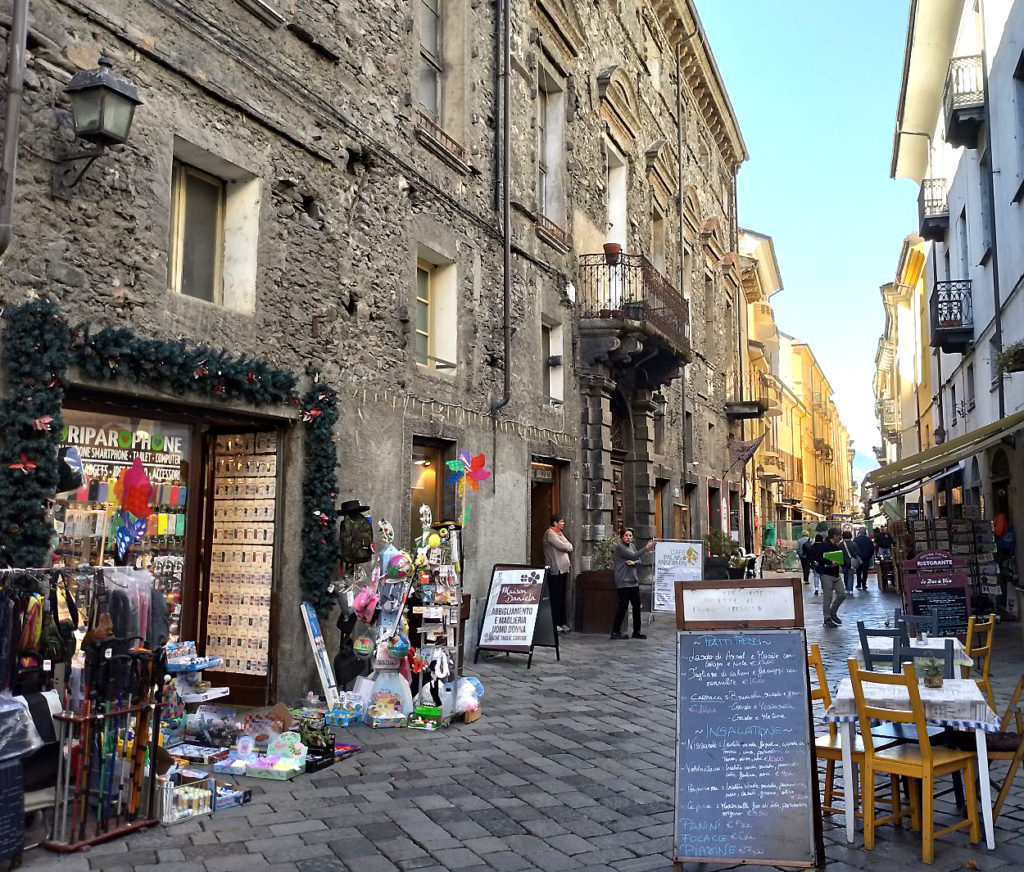
This cheerful terracotta-coloured osteria is your classic family affair with elegantly plated Aostan cuisine, run by the Scarpa family since 1957. Over the years, it has become one of Aosta’s most popular restaurants for its different types of fondue, from bourguignonne served with tender beef filet to raclette served with creamy Fontina cheese and chunks of chewy bread, alongside the classic anchovy fondue. But there is more than fondue on offer here—other menu items include polenta, tagliatelle with porcini mushrooms, and a zucchini tartlet served over a pumpkin cream. But it’s hard not to go past that sublime Fontina cheese!
Side tripping to Lugano
From Aosta, my Globus tour tootled on to Como, where we were based for several nights. In addition to lapping up the glamour-loaded sights of villa-dripping Lake Como, there were two fantastic side-trips back across the border into Switzerland, which I highly recommend. First up, Lugano. Wrapped by soaring peaks and edging the shore of an enormous lake, Lugano laps up its splendid setting. Located in the Italian-speaking Ticino canton of Switzerland, Lugano is a wonderful fusion of Italian, Swiss, and Mediterranean influences. Yes, you may be in Switzerland, but it feels, looks and tastes decidedly Italian. It’s like Switzerland’s “Little Italy.”
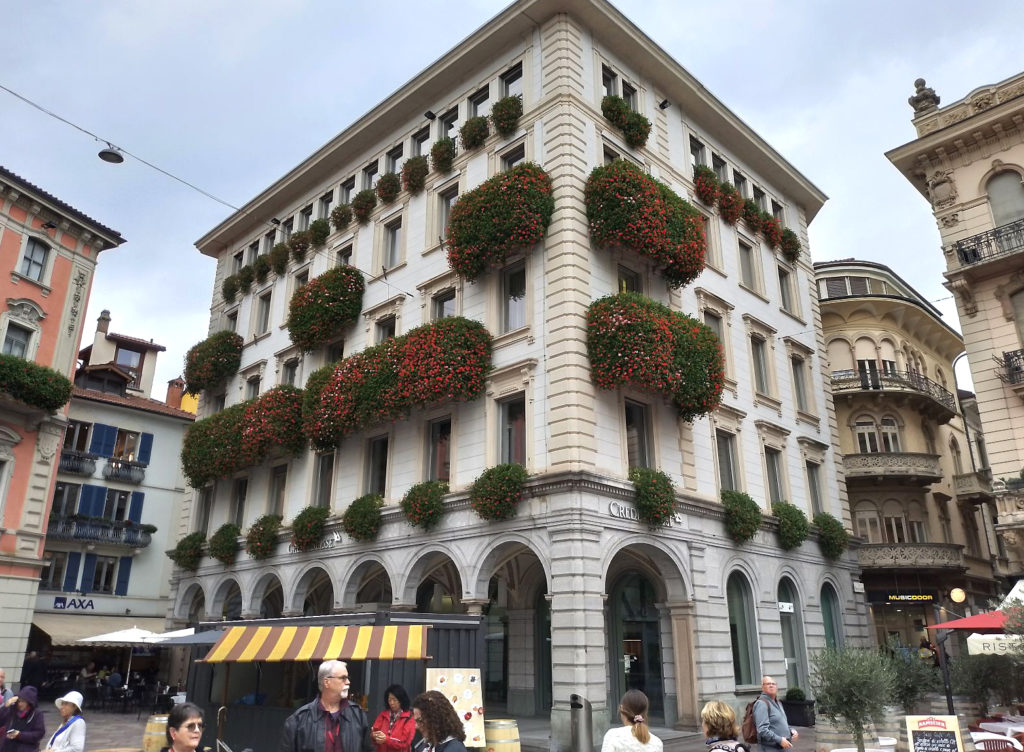
Our group headed to Piazza Della Riforma, Lugano’s main square, where an enchanting assortment of characterful buildings bracket the square, abuzz with inviting cafes. The cobweb of laneways leading to the square brim with traditional merchants and boutiques. Don’t miss the Gabbani gourmet food shop on Via Pessina, Lugano’s prime purveyor of epicurean delicacies; and the multi-coloured verve of the produce market on Piazza Cioccaro.
Must sees in Lugano
Two must-see temples in town are the Cathedral of San Lorenzo — especially noted for its beautifully carved Renaissance facade — and Santa Maria degli Angioli, with its frescoes by Bernardino Luini, a disciple of Leonardo da Vinci. The vivid colours and complex composition of Luini’s monumental fresco depicting the passion and crucifixion of Christ still wow visitors entering the church 500 years after it was painted.
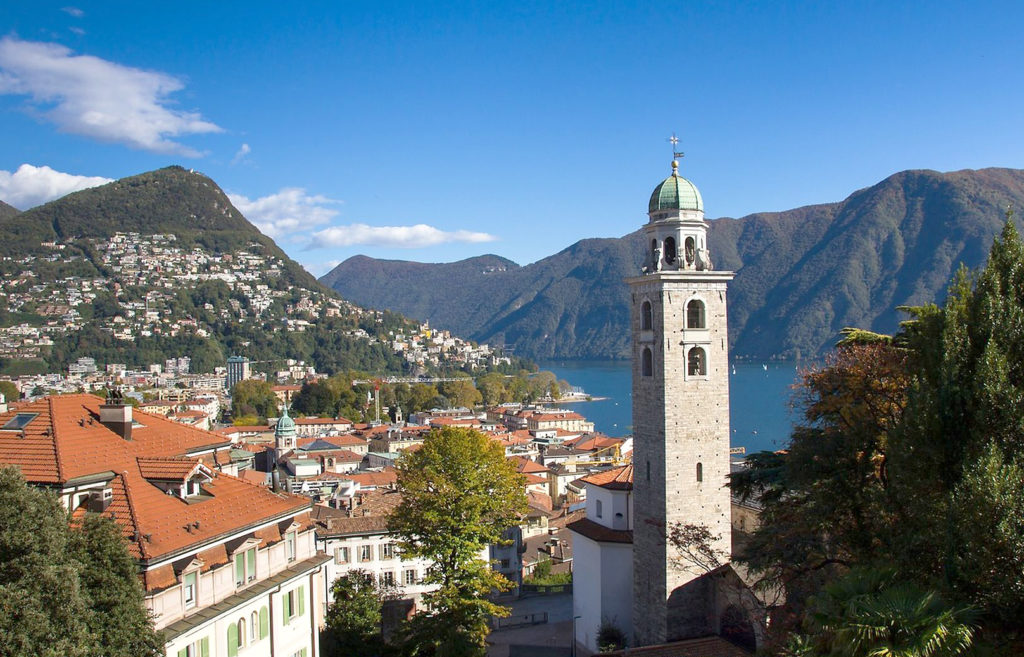
Over to Bellinzona
From Lugano, our Globus tour also enjoyed a brief foray in Bellinzona. The town is proud of its connection to the world’s oldest and smallest army, the Swiss Guards, who have been protecting the Pope for over 500 years. The first Swiss Guards headed to Rome from Bellinzona. If you crave castles, all roads lead to Bellinzona, the fortified valley city that guards the important European crossroads of the St. Gotthard and San Bernardino routes. Three massive fortified castles rise over its ancient centre, now UNESCO-protected. They were built by the Sforza and Visconti families, the dukes of Milan who ruled northern Italy and its environs for centuries.
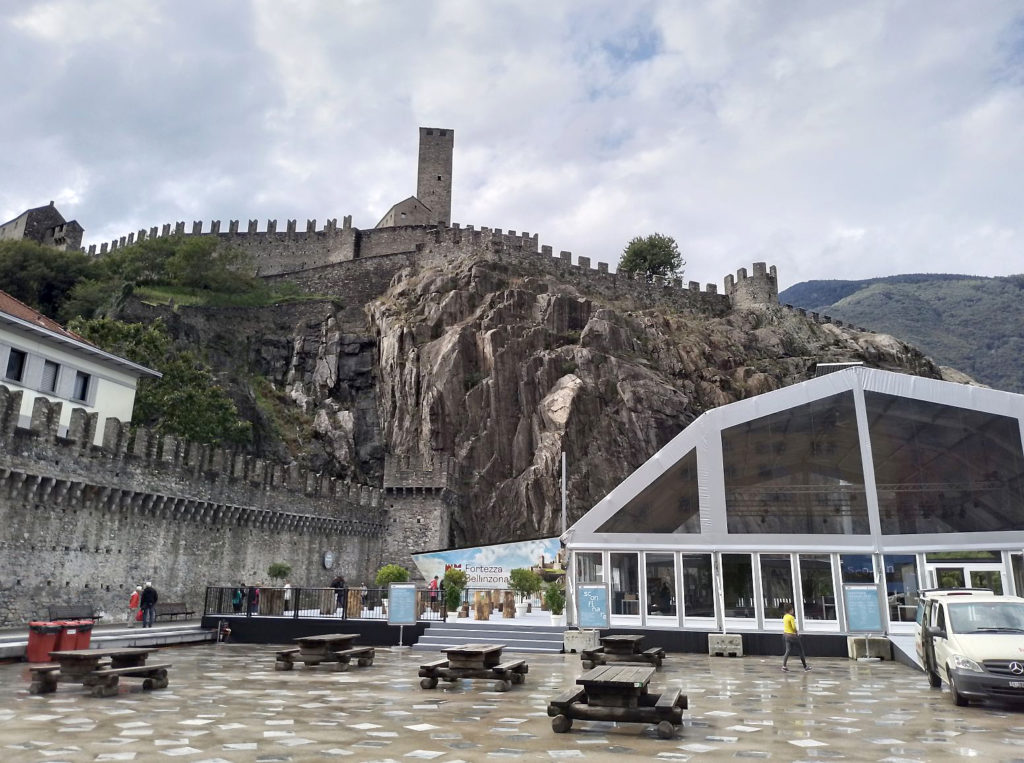
Our group ventured to Castelgrande, which dates from the 1200s. The massive exterior is dominated by two heavy, unmatched towers and the remaining portion of a crenellated wall that once stretched all the way to the river. Modern renovations have added an elaborate complex of restaurants and museums that include historical and archaeological exhibitions. We also enjoyed a traditional lunch and local wines in the on-site grotto restaurant.
Well restored castles of Bellizona
All three castles have been exceptionally well restored and certainly merit a visit, but the city itself should not be overlooked. It’s a classic old town and a delight to explore on foot, with graceful architecture, red cobblestones, and an easy, authentically Italian feel. With its heavy-column arcades, wrought-iron balconies, and shuttered facades, Bellinzona exhibits the direct influence of medieval Lombardy. Don’t miss Palazzo Civico. This splendid Renaissance structure, crowned with a breezy loggia, was rebuilt in the 1920s. Its courtyard is framed by two stacked rows of delicate vaulted arcades decorated with plaster depictions of Bellinzona in the 19th century. There’s also a lively produce market in town, headlined with boar salami, wild mushrooms and local cheeses. Yes, please.
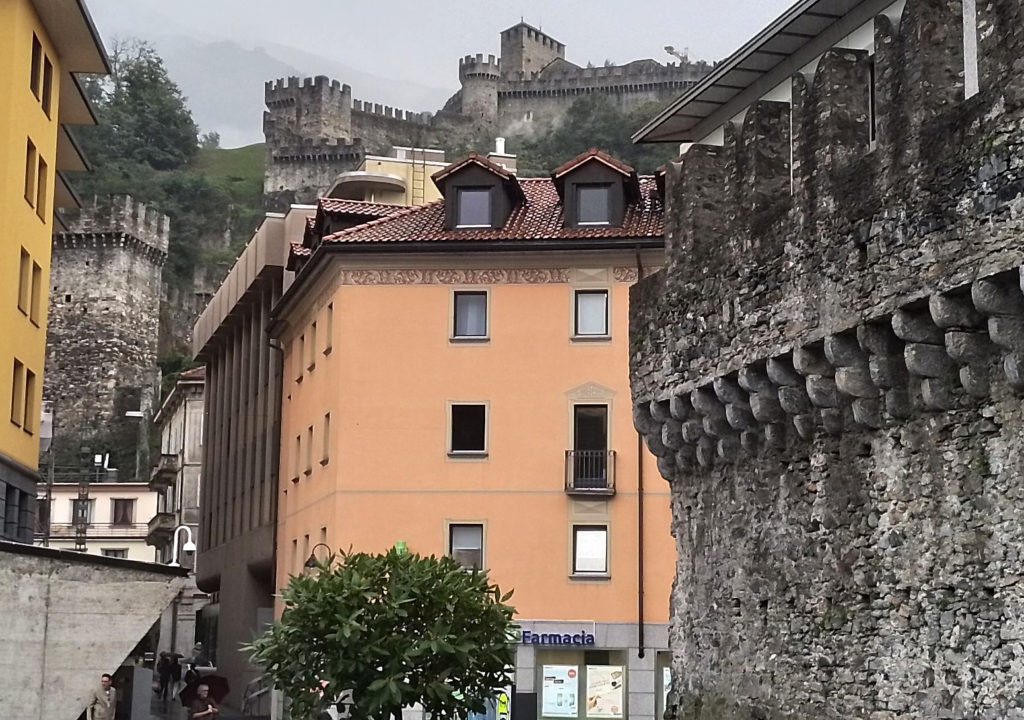
Choice Touring with Globus Tours
Experience Choice Touring by Globus for yourself. 2023 departures on the 8 day The Alps Out Loud: Switzerland & Lake Como by Design tour, are priced at $3,899 per person. That includes touring by private, air-conditioned motorcoach, outstanding excursions, some meals, 7 nights first-class hotel accommodation, hotel taxes, porterage, tips and service charges. Plus you’ll earn 3,899 Qantas Points. www.globustours.co.nz








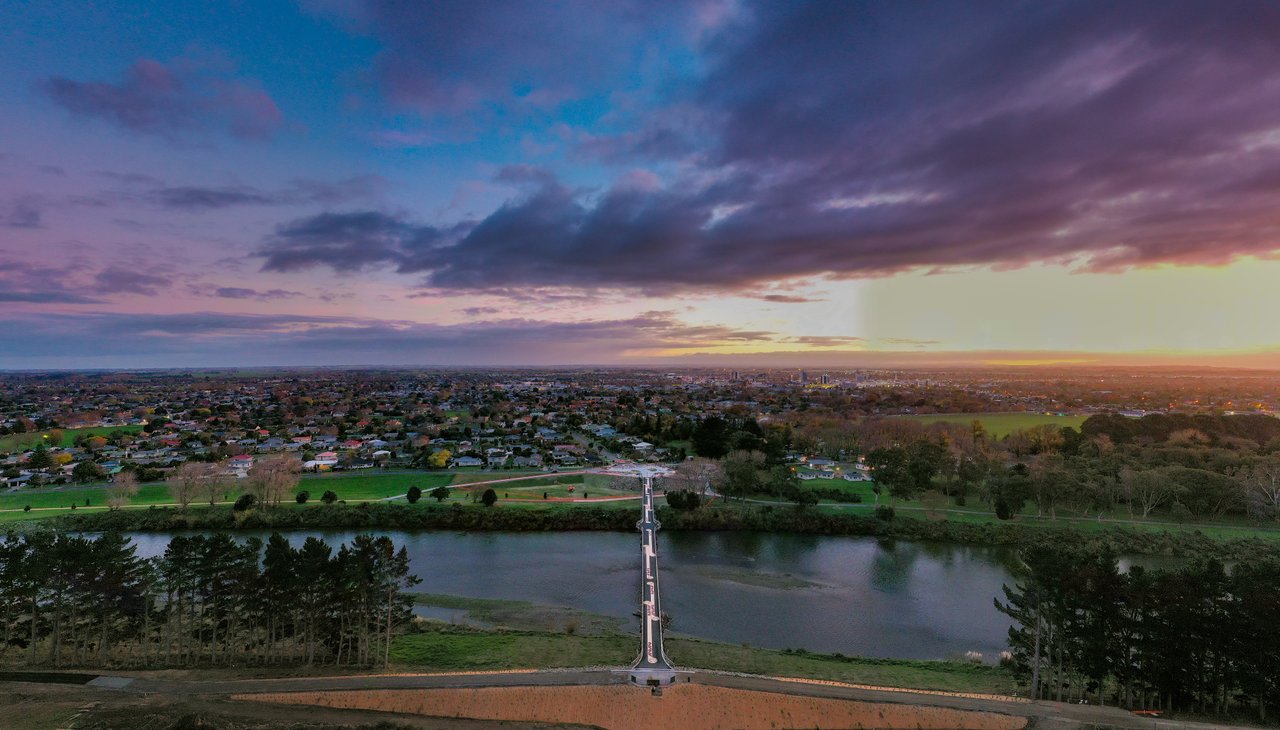
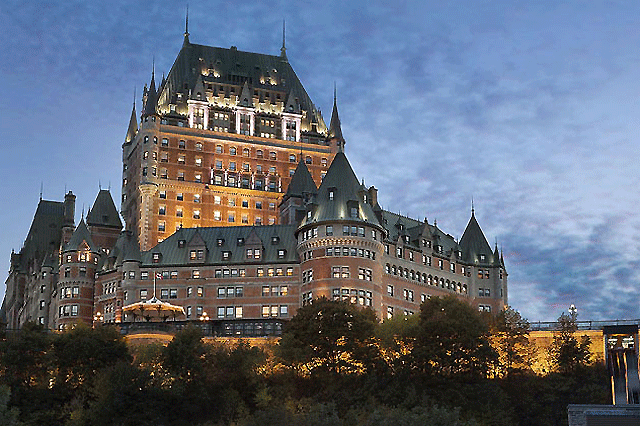
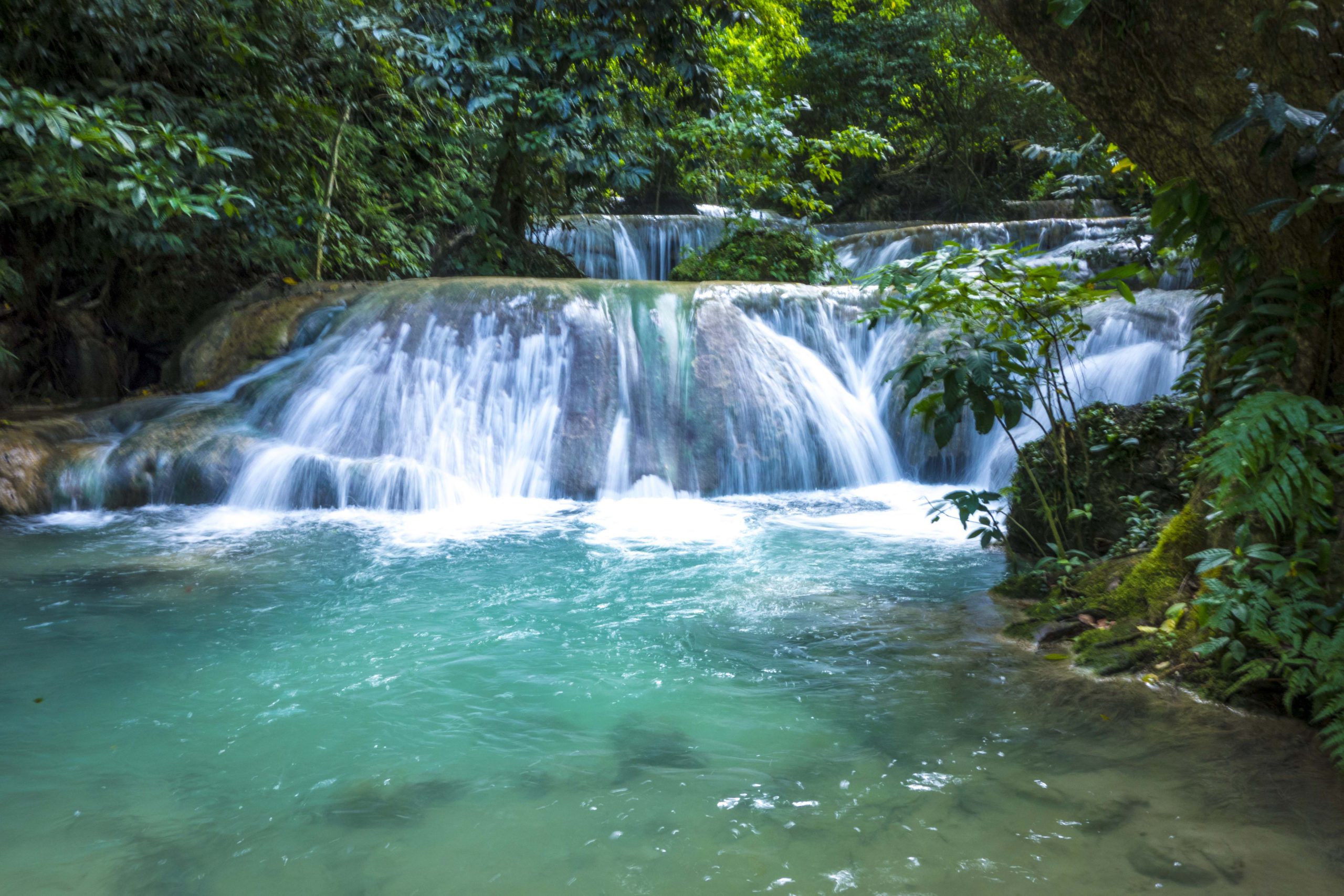

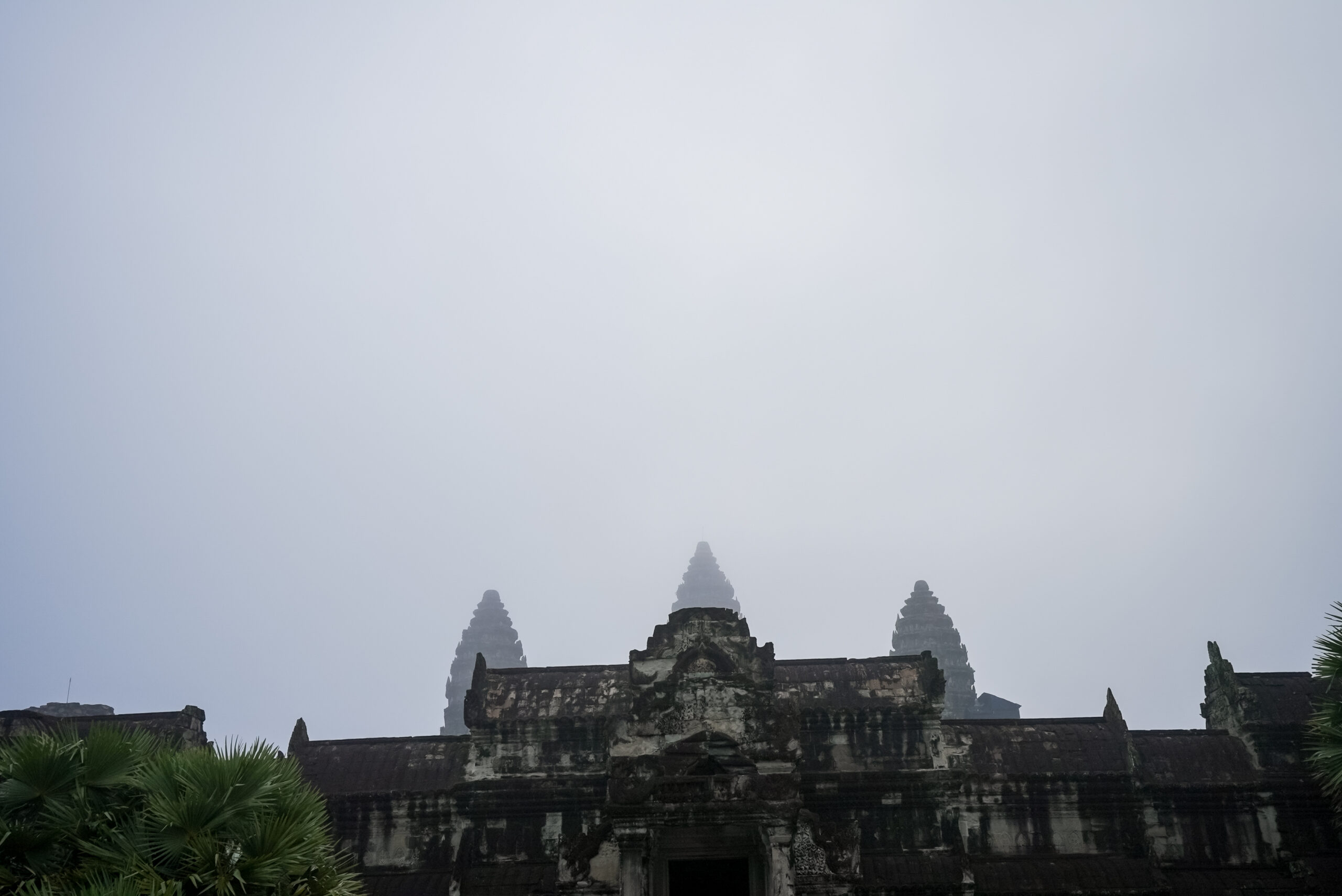
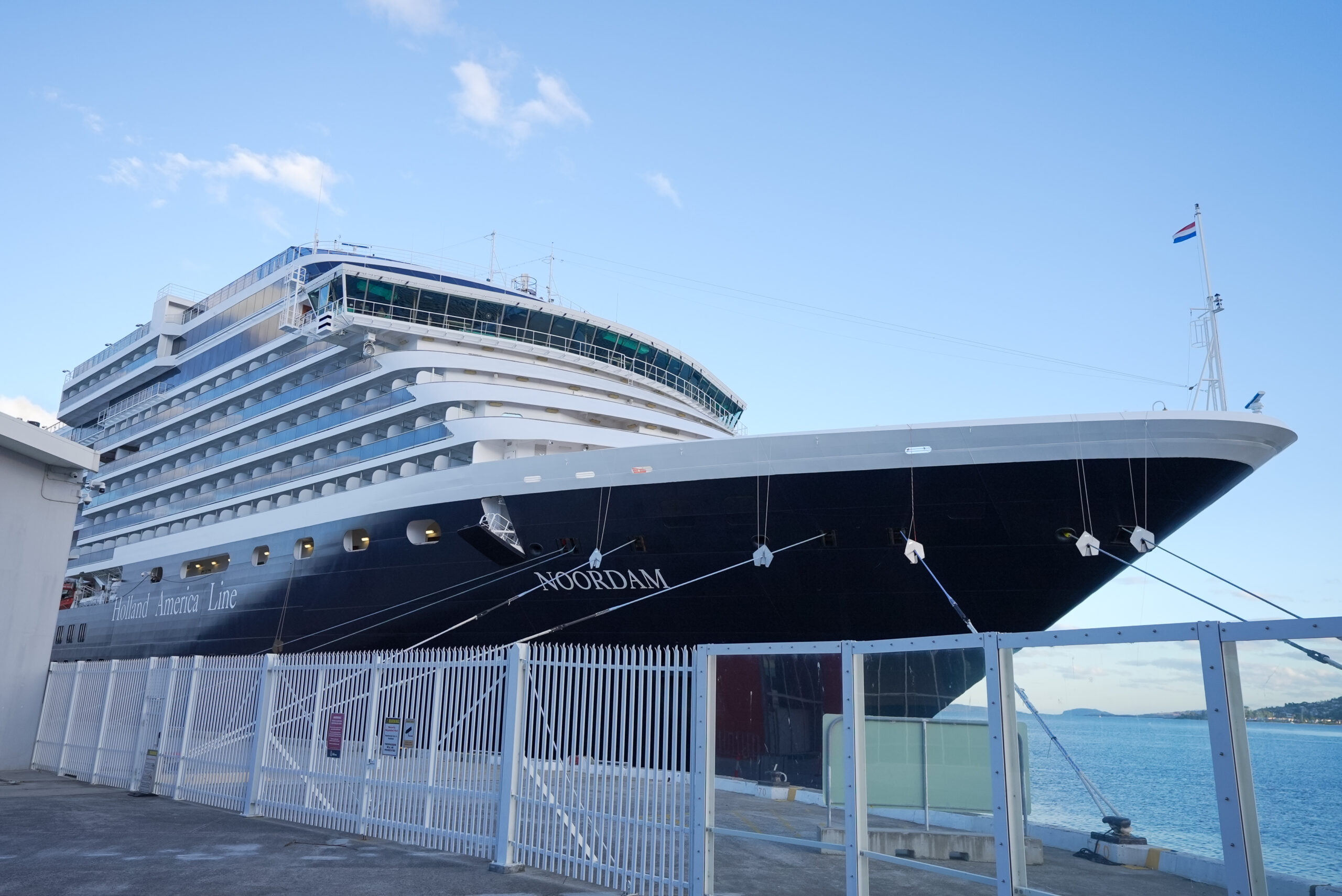
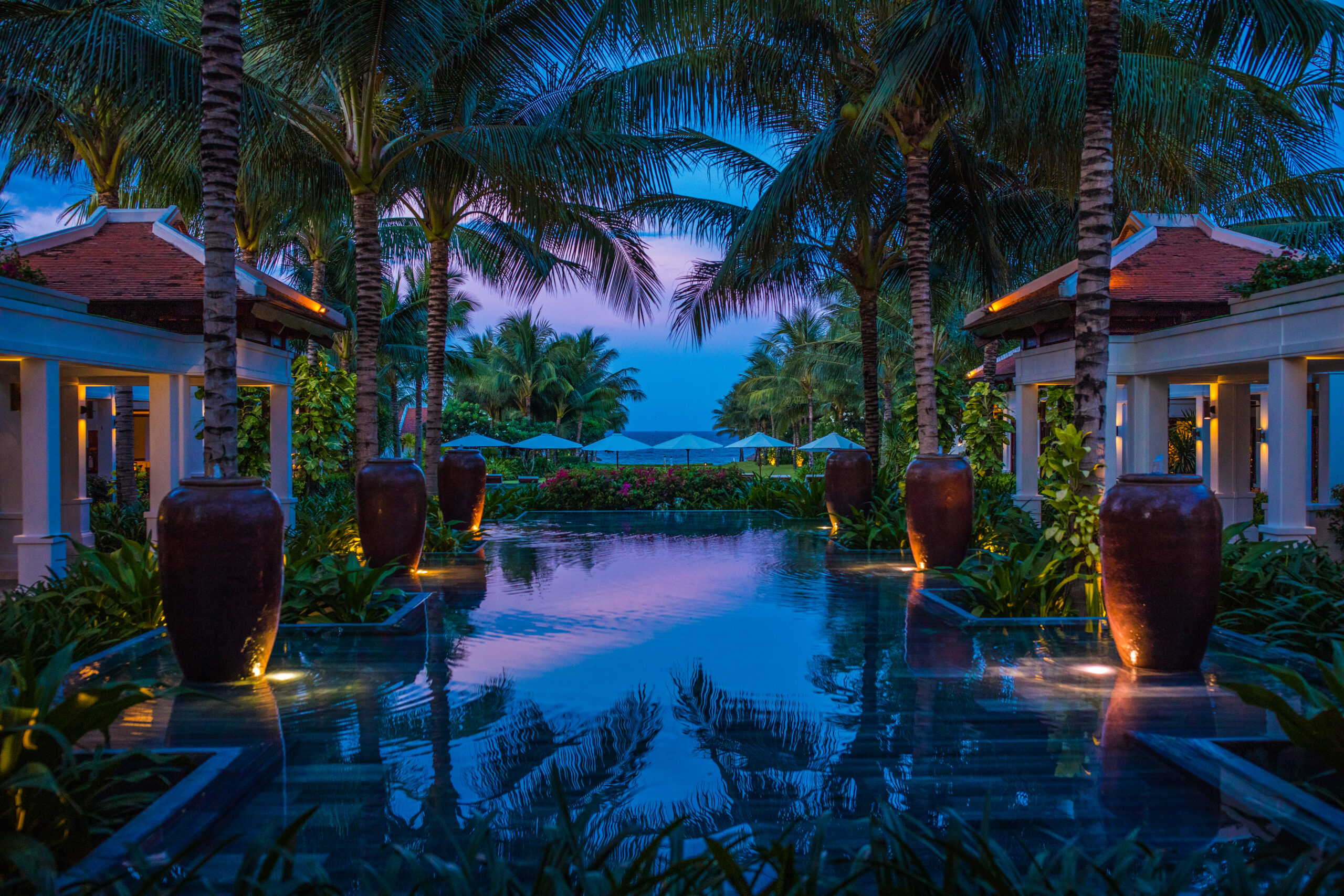
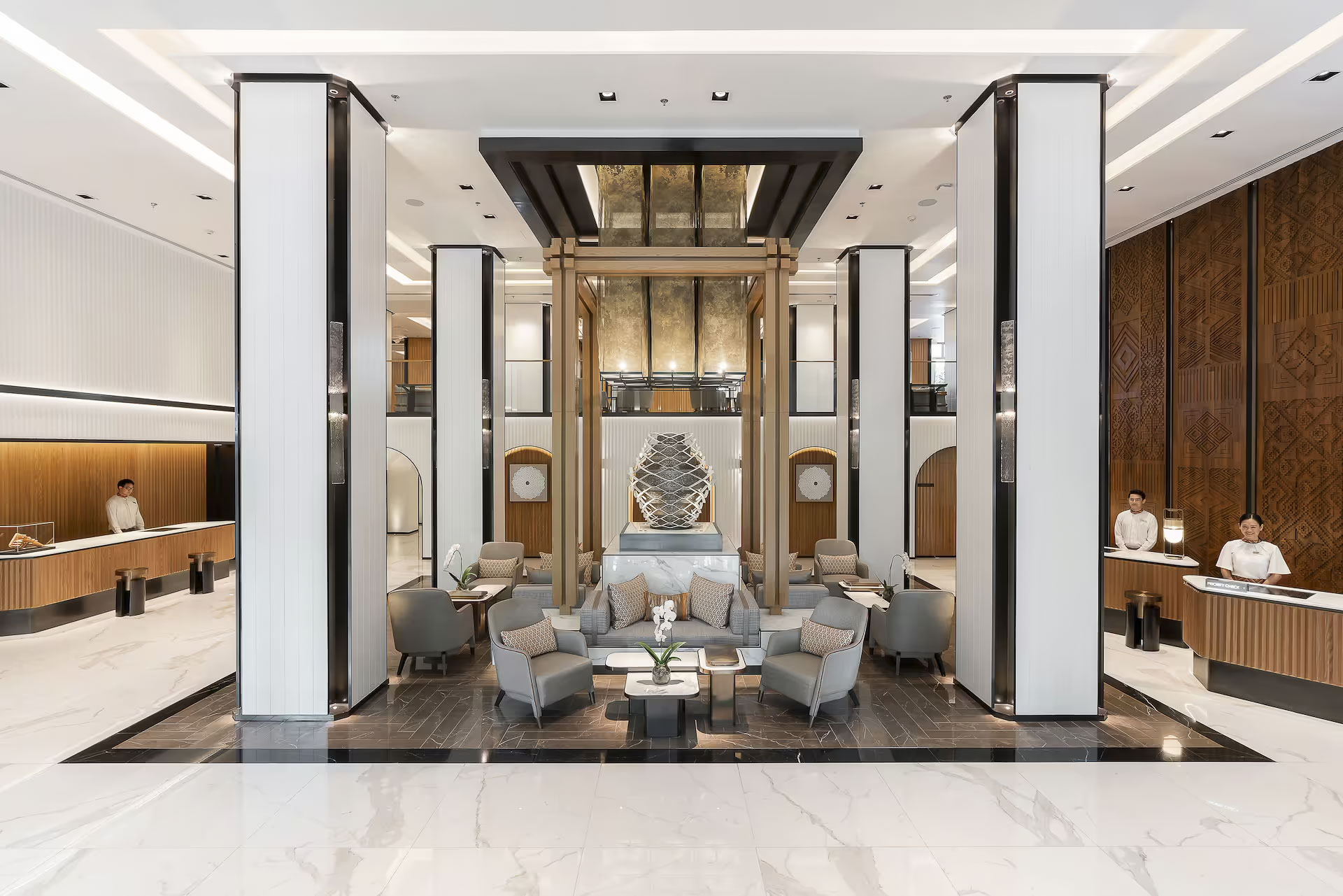
Recent Comments